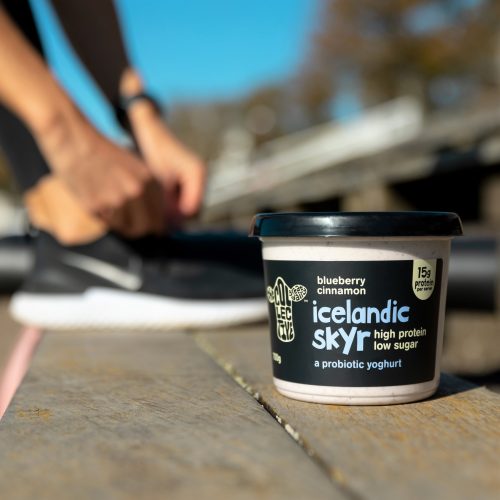
the lowdown on probiotics
20.08.21The saying ‘great things come in small packages’ couldn’t be more true for probiotics.
Within our gut exists a complex, and enormous, community of microorganisms, aka our gut flora. Just like our fingerprints, everyone’s gut flora is unique. From bacteria to viruses to fungi – it’s estimated that over 300-500 species of bacteria alone may be found in our gut! (1)
It can be odd, even difficult, to wrap our heads around that some bacteria are incredibly beneficial for health (cue antibacterial soaps and sanitiser). However, probiotics are just that – they’re certain types of live ‘good’ bugs that reside within us, and some of the foods we eat, that provide health benefits in the right amounts (2).
These tiny critters play an essential role in human health, with many vital and mighty jobs. They help create specific vitamins; and are the chief source of vitamin K, necessary for blood clotting. They turn certain dietary fibre we eat into types of fat, which helps strengthen our gut wall. They modulate types of inflammation, best not left rampant (3). They also help support our immune system, keeping bad bacteria residing within our gut incheck. Imbalance of gut flora, aka where there are too many bad bugs and not enough good bugs, has been associated with various negative health outcomes and disease (4).
Our gut flora is very sensitive to diet. Enter probiotics! We can increase the number of good bugs in our gut through probiotic dietary sources, namely supplements or fermented foods. This, along with ensuring the gut bugs are eating the foods they like to eat (aka prebiotics, types of fibre in our diet!), can help gut microbiota thrive (5).
A fermented food rich in probiotics is yoghurt, produced by the bacterial fermentation of milk – that being, good bacteria. This bacteria is commonly referred to as yoghurt cultures; which ferment lactose, a naturally-occurring milk sugar. Lactic acid has culinary application too; as lactose is fermented it converts into lactic acid, giving yoghurt its signature tart taste and texture.
It’s key to keep in mind; not all yoghurts are teeming with gut-loving probiotics. When picking one out, check out the ingredients label for ‘live cultures’. The Collectives yoghurt range – across both dairy and the new plant-based yoghurt – provides a live probiotics source, like species Bifidobacterium and L.acidophilus.
Here are some favourite ways to enjoy more live yoghurt into your diet:
- Have a few big dollops with seasonal fruit as an afternoon snack
- Cook into oats for a creamy, dreamy bowl!
- Enjoy with fresh fruit, nuts and muesli, for a light summery breakfast.
- Mix with chopped mint, lemon juice, garlic, salt & pepper, for a zingy easy yoghurt dip to serve with veg sticks.
- In fruity on-the-go smoothies
- Blend with fruit and pour into ice block molds for yoghurt popsicles!
- …direct from the tub!
Credit: Danijela Unkovich from Nourish & Tempt








